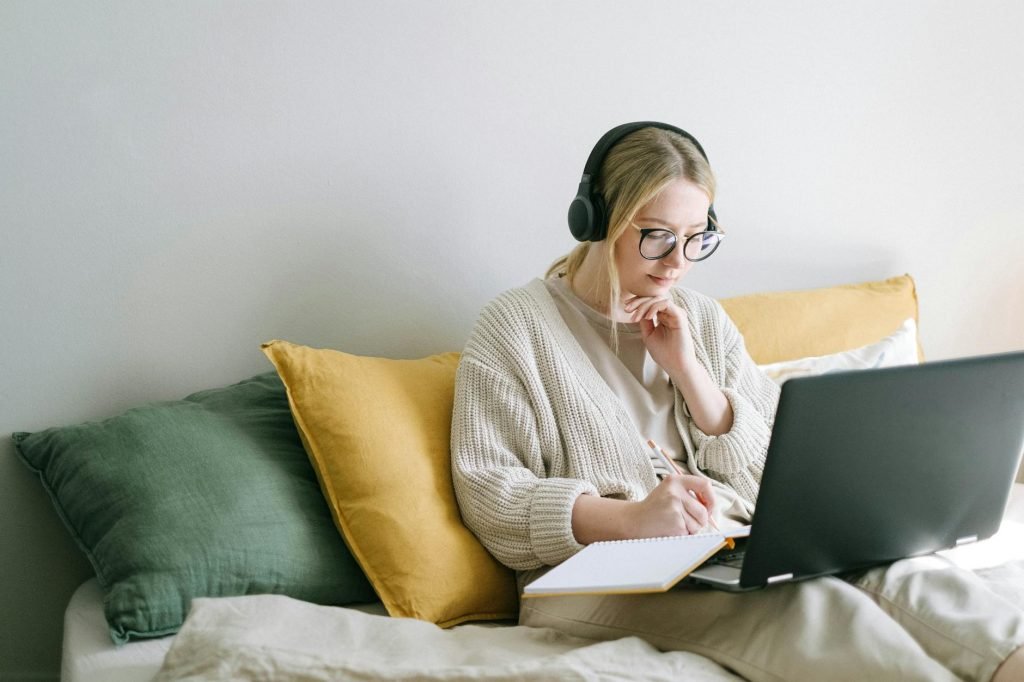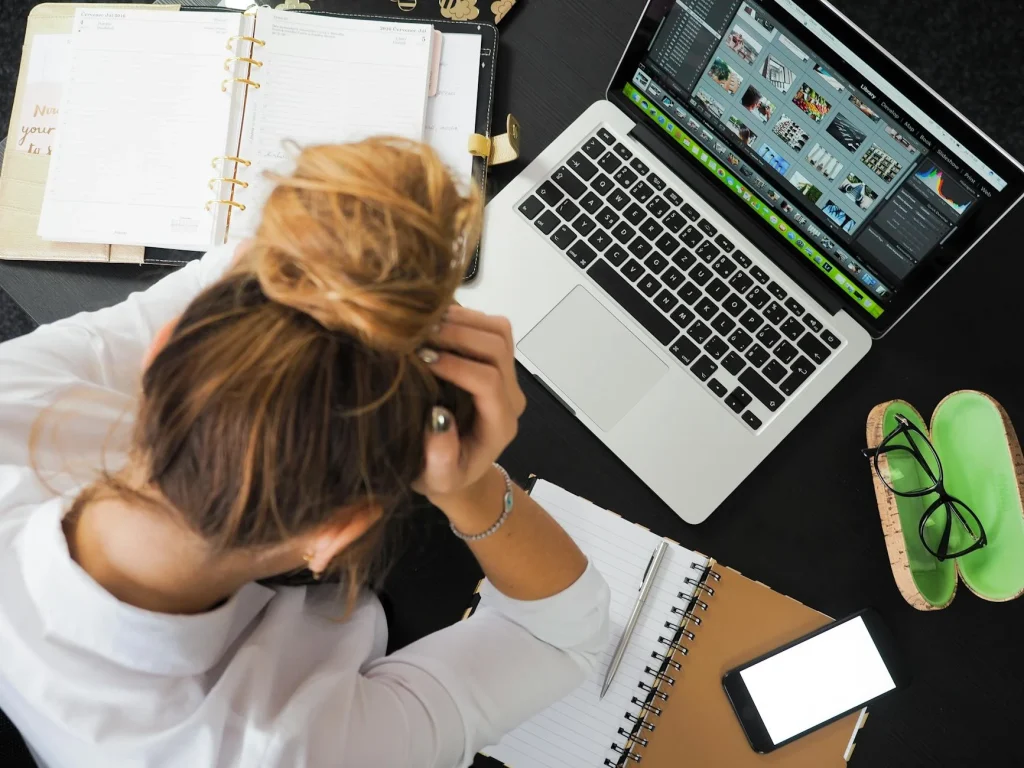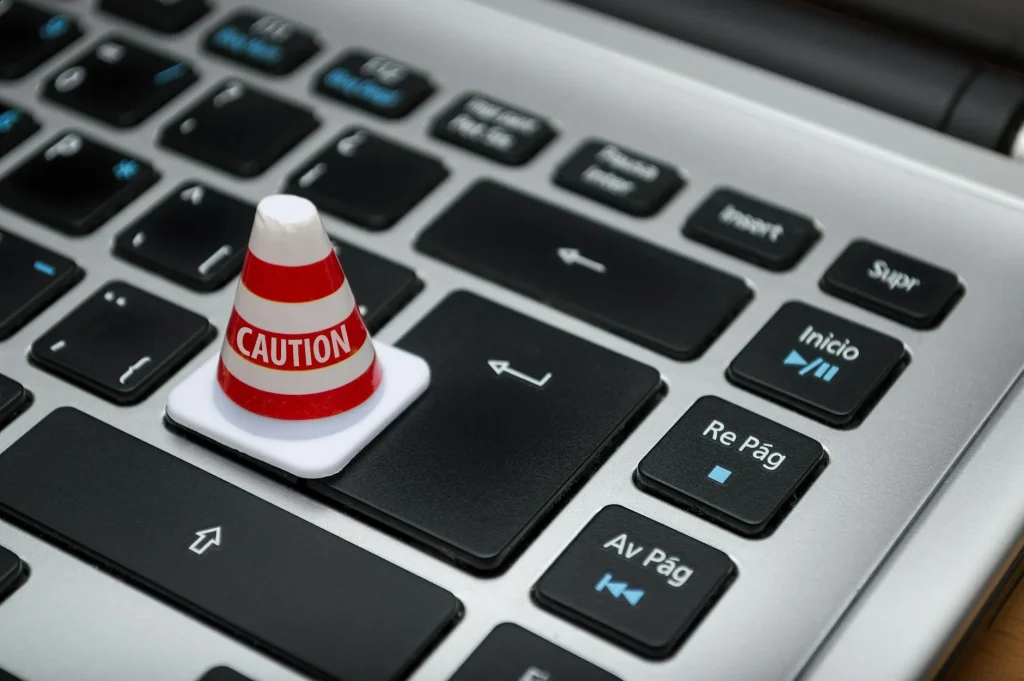Relaxation Techniques for Digital Anxiety: A Complete and Updated Guide 2025
Digital anxiety has reached unprecedented levels in recent years, especially among children, adolescents, and young adults. The excessive use of smartphones and social media has caused symptoms such as a constant fear of missing out, the need for online validation, and sleep disturbances, making daily well-being difficult. According to specialists, the uncontrolled consumption of technology intensifies stress, deregulates emotions, and contributes to physical and mental problems.
Given this scenario, relaxation techniques have become indispensable tools to regain balance and protect mental health. This article presents practical and scientific options for those facing digital anxiety, showing ways to a lighter and healthier routine.
Digital Anxiety: Causes and Effects on Daily Life
The phenomenon of digital anxiety has grown rapidly in Brazilian society, accompanying the increased use of electronic devices and social media. Currently, the virtual environment has become a constant space for interaction, work, and leisure. This permanent connection has direct impacts on mental health, especially among young people. To understand how digital anxiety manifests in daily life, it is essential to identify the origins of this problem, the associated symptoms, and the consequences for daily life.
Causes of Digital Anxiety
Digital anxiety is fueled by a series of factors that are part of the modern routine. Among the main ones are:
- Excessive screen time: Many people spend more than 10 hours connected to the internet every day, including about 3 hours and 41 minutes just on social media. Long exposure to screens causes mental overload and reduces opportunities for real rest.
- Social media and constant comparison: Platforms like Instagram and TikTok encourage comparison between lifestyles and appearances, creating often unattainable expectations. This fuels feelings of inadequacy and insecurity.
- FOMO (Fear of Missing Out): The fear of being left out of news and trends increases the need to check notifications and frequent updates, generating anxiety and making moments of disconnection difficult.
- Information overload: The continuous flow of news, messages, and content causes a sense of urgency and pressure, making it difficult to focus on important tasks.

Symptoms of Digital Anxiety
The signs of digital anxiety appear in different aspects of daily life and can be divided into three main groups:
Physical symptoms:
- Muscle tension and fatigue
- Frequent headaches
- Sleep disturbances (insomnia or restless sleep)
- Gastrointestinal problems
Mental symptoms:
- Excessive worry about notifications and online activities
- Difficulty concentrating on simple tasks
- Racing thoughts and a feeling of restlessness
Behavioral symptoms:
- Impulse to check devices even without need
- Irritability when unable to use a cell phone or computer
- Social isolation and reduced interest in in-person contact
Over time, these symptoms weaken the ability to relax and compromise the quality of social interactions.
Prevalence and Brazilian Context
Brazil faces high rates of anxiety disorders. According to recent data, the country leads the world ranking for anxiety, with about 9.3% of the adult population—or more than 18 million people—living with the problem. Among young people, this prevalence is even higher, thanks to intense interaction with digital environments.
Among Brazilians who spend three or more hours daily on social media, 43.5% already have an anxiety diagnosis. Social isolation, comparison with unrealistic standards, and episodes of cyberbullying enhance the impact of excessive social media use. Furthermore, children and adolescents are increasingly vulnerable to sleep disorders, irritability, poorer self-concept, and decreased school performance.
Consequences in Daily Life
Digital anxiety is not just a fleeting discomfort; it directly influences routine and interpersonal relationships. Among the main effects are:
- Sleep disturbances: Using screens before bed, along with worrying about digital interactions, impairs restorative sleep, leading to fatigue and decreased performance the next day.
- Irritability and mood swings: Constant access to information and the search for online validation make emotions more unstable, generating everything from impatience to fits of rage.
- Social isolation: The preference for virtual contact reduces the frequency of in-person meetings, increasing feelings of loneliness and detachment from emotional bonds.
- Decreased self-control: The impulse to check notifications prevents a healthy routine and makes it difficult to set limits for technology use.
With hyperconnection, the risk is losing the balance between the online and offline worlds, compromising well-being and mental health in the long term. This reality requires attention and practices that help regain control and promote healthier digital coexistence.
Proven Relaxation Techniques to Combat Digital Anxiety
Integrating moments of relaxation into your routine is a scientifically based strategy for dealing with the anxiety caused by excessive technology use. Activities such as mindfulness, breathing exercises, muscle relaxation, and positive visualization have shown consistent results in reducing tension and restoring the balance of body and mind. Below, I present practical methods with proven benefits, easy to adopt for those seeking relief from the bombardment of digital stimuli.
Mindfulness and Guided Meditation: Presence to Calm the Mental Turmoil
The practice of mindfulness involves directing attention to the present moment, without judgment. With a gentle focus on the “here and now,” it reduces racing thoughts and restlessness typical of digital anxiety. By including guided meditation, the person receives audio or video instructions to sustain attention on breathing, bodily sensations, or a calming theme. Research shows that regular meditation reduces cortisol levels, the stress hormone, and improves response to digital irritations.
To begin:
- Set aside 5 to 10 minutes daily in a quiet place.
- Sit comfortably, preferably in a position that promotes an upright spine and relaxed shoulders.
- Choose a trustworthy app or video. Popular options in Brazil include “Medite.se,” “Lojong,” and “Calm.”
- If you prefer, search YouTube for “guided meditation for anxiety” for free options.
- Focus on the instructor’s voice and bring your attention back whenever you get distracted.
Extra tips: combine the practice with soft instrumental music or nature sounds to enhance relaxation. Persistence is essential to reap the benefits day after day.
Diaphragmatic Breathing and Focus on Breath: Calm the Body in Moments of Crisis
Diaphragmatic, or abdominal, breathing strengthens the control of the parasympathetic nervous system. During episodes of digital anxiety, high doses of stress activate the body’s “fight or flight” response. This simple and effective type of breathing reduces heart rate and muscle tension in minutes.
Step-by-step to practice:
- Sit or lie down comfortably. Place one hand on your abdomen and the other on your chest.
- Inhale deeply through your nose, feeling your belly rise while your chest remains still.
- Exhale slowly through your mouth, gently emptying your abdomen.
- Repeat the cycle 5 to 10 times, concentrating fully on the movement of your breath.
Benefits:
- Rapidly reduces heart rate.
- Decreases the release of stress hormones.
- Promotes an immediate sense of calm, ideal for crisis situations.
Quick exercise: when you notice symptoms like chest tightness or racing thoughts, dedicate two minutes to this exercise. During digital work breaks, use diaphragmatic breathing to restore balance.

Progressive Muscle Relaxation and Self-Massage: The Body as a Bridge to Calm
The method of progressive muscle relaxation proposes tensing and relaxing different muscle groups in sequence, teaching the body to perceive and release accumulated tensions. Shifting attention to physical sensations combats mental hyperactivity and reduces physical symptoms like headaches or shoulder stiffness.
Steps for progressive muscle relaxation:
- Sit or lie down comfortably.
- Close your eyes and inhale slowly.
- Strongly contract, for 5 seconds, a muscle group (e.g., shoulders, hands, or feet).
- Release the tension as you exhale, feeling the muscle relax completely.
- Repeat on different muscle groups, from head to toe or vice versa.
After the exercise, a self-massage completes the relief, especially in the most tense areas: shoulders, neck, back, and jaw. Use:
- Your own hands for gentle circular movements.
- Tennis balls to press sore spots (place between the wall and your back, adjust pressure as comfortable).
Perceived benefits include immediate tension reduction, a feeling of lightness, and physical relief from symptoms associated with digital anxiety.
Positive Visualization and Scheduled Disconnection: Recharge the Mind and Break the Cycle of Excess
Guiding the mind to relaxing landscapes or positive memories is a widely validated technique to reduce anxiety. Guided visualizations can be done with specific audios or just by using imagination. The secret is to create a safe mental scenario—imagine the breeze of a beach, the sound of a forest, or the smell of the countryside.
To practice:
- Close your eyes and breathe deeply.
- Visualize a place that brings calm and happiness.
- Explore the details: sounds, colors, temperature.
- Remain in this “mental refuge” for a few minutes.
Complementarily, scheduled disconnection is indispensable. Set regular breaks away from screens—5 to 10 minutes every hour already makes a difference. Use this time to walk, stretch, or listen to relaxing music. Scheduling daily periods without devices strengthens self-control and renews energy.
Tips for adopting in your digital routine:
- Leave your phone in airplane mode or out of reach during breaks.
- Use apps that temporarily block notifications.
- Experiment with podcasts and audio tracks with nature sounds or narrated meditations.
Small intervals of disconnection, combined with positive visualization practices, break the cycle of hyperconnection and create a safe space for the mind to rest.
Habits and Strategies to Keep Digital Anxiety Under Control
The excess of digital stimuli affects attention, sleep, and even mood. However, creating structured habits allows you to regain control of your relationship with technology and reduce the impact of digital anxiety. Adopting simple strategies such as setting rules for cell phone use, prioritizing offline activities, and strengthening in-person ties helps with mental and emotional balance.

Set Schedules for Cell Phone Use
Organizing schedules for accessing social media and apps can transform your relationship with the digital world. By doing so, you limit exposure to notifications and gain more time for rest and personal activities.
- Establish screen-free periods when waking up, before sleeping, and during meals.
- Define specific time blocks for answering messages and using entertainment apps.
- Set alarms or reminders to signal the beginning and end of these periods.
Creating a “digital agreement” with the whole family reinforces collective commitment and further protects everyone’s time.
Implement Night Modes and Limit Notifications
Excessive notifications keep the mind on alert, preventing relaxation and harming sleep. Night modes, brightness reduction, and blue light filters decrease brain excitation caused by screens, especially at night.
- Activate “Do Not Disturb” mode when studying, working, or resting.
- Deactivate notifications from non-essential applications.
- Use night modes that automatically adjust the color, brightness, and sounds of devices.
These small adjustments bring calm and facilitate moments of real disconnection, essential for mental health.
Monitor and Restrict Screen Time
Usage monitoring apps help identify digital consumption patterns and promote real changes. They show how many hours you spend daily on each app, alerting you to excesses.
- Install apps like Digital Wellbeing (Android) or Screen Time (iOS).
- Analyze weekly reports to identify usage peaks and adjust your goals.
- Try methods like the 20-20-20 rule: every 20 minutes of screen time, look 20 seconds at something 20 feet away, relieving eye and mental strain.
Continuous monitoring encourages more conscious choices and prevents relapses into old habits.
Practice Frequent Offline Breaks
Taking breaks away from devices is essential to restore focus and reduce accumulated anxiety. Short breaks during work or study allow you to breathe deeply, move your body, and renew your energy.
Include in your routine:
- Five to ten minutes away from screens every hour of work.
- Brief walks outside, watering plants, or preparing a healthy snack.
- Stretches or quick meditation to relieve muscles and mind.
These intervals are opportunities to rediscover small pleasures outside the digital universe.
Physical Activities for Emotional Balance
Regular exercise releases endorphins, reduces tension, and improves sleep quality. Moving your body reduces physical symptoms of digital anxiety such as pain, fatigue, and insomnia, in addition to improving mood.
Recommended activities:
- Outdoor walks, cycling, or light jogging three times a week.
- Daily stretches to loosen shoulders and back tense from computer and cell phone use.
- Dance, team sports, or yoga to combine physical and social well-being.
The important thing is to choose an enjoyable activity—consistency is worth more than intensity.
Strengthen In-Person Connections
Prioritizing in-person meetings brings family and friends closer, reduces isolation, and strengthens emotional bonds. Eye-to-eye contact and shared experiences are real sources of support.
- Schedule weekly meetings with friends to talk or participate in collective activities.
- Join volunteer groups, sports, or in-person courses.
- Dedicate exclusive time to family, without the interference of electronic devices.
Re-signifying offline moments creates affectionate memories and helps replace the need for digital validation with a sense of genuine belonging.
Adjust the Environment and Establish Tech-Free Zones
Organizing your home and workspace is part of the process of protecting digital mental health.
Practical tips:
- Reserve rooms or times when the use of cell phones, tablets, or computers is not allowed.
- Create a routine of turning off equipment at least 30 minutes before bed.
- Avoid taking devices to the dining table or bedroom.
Organized environments reduce distractions and help the brain understand that it’s time to relax.
By developing these practices, it is possible to create a virtuous cycle of self-care in technology use. Balance comes with consistency, periodic adjustments, and valuing moments away from screens. Adopting clear limits, investing in physical well-being, and cultivating true relationships are steps to protect the mind without giving up the advantages of the digital universe.
Conclusion
The regular practice of relaxation is a fundamental pillar for facing digital anxiety and regaining mental balance. Techniques such as meditation, deep breathing, and scheduled breaks help reduce stress and create space to renew energy daily.
Maintaining mental health depends on constant self-care and respecting one’s own limits in the face of technology. Seeking moments of disconnection, incorporating enjoyable activities, and establishing a healthy routine brings proven physiological and emotional benefits.
Start with small steps using the suggestions in the article, adapting them to your routine. Caring for your mind strengthens well-being and reinforces your ability to better handle the demands of the digital world.
Thank you for reading. Share your experience or suggestions in the comments and support others who are also seeking more balance in their daily lives.